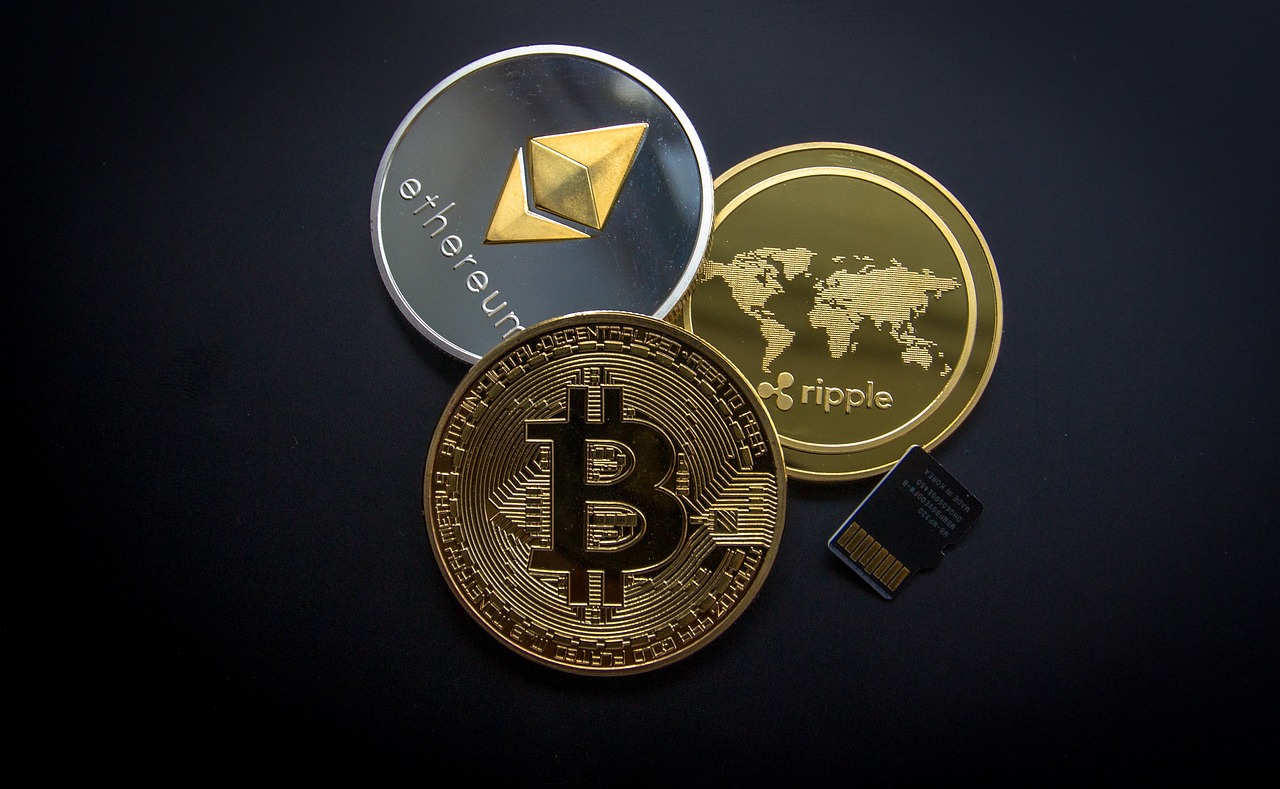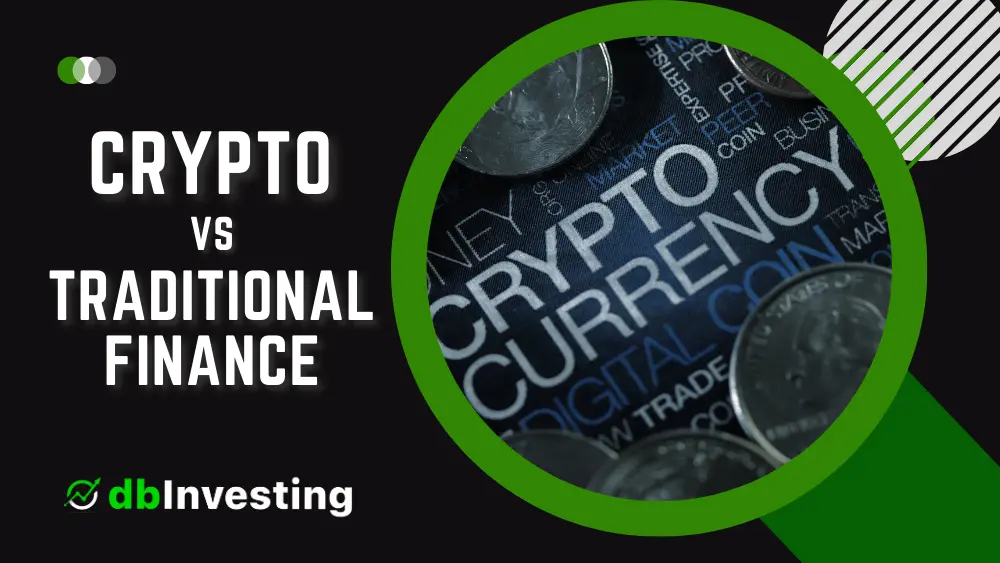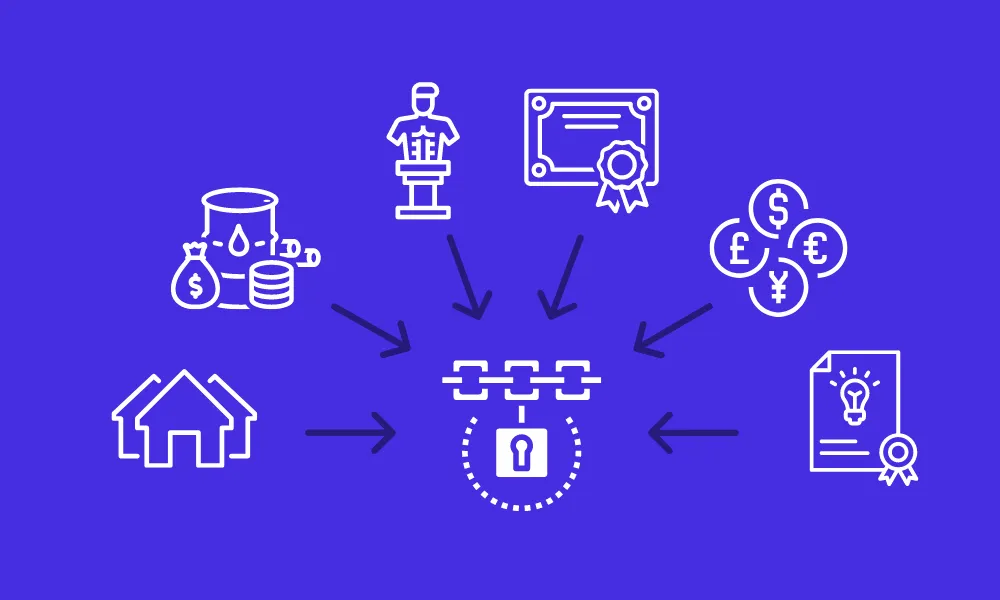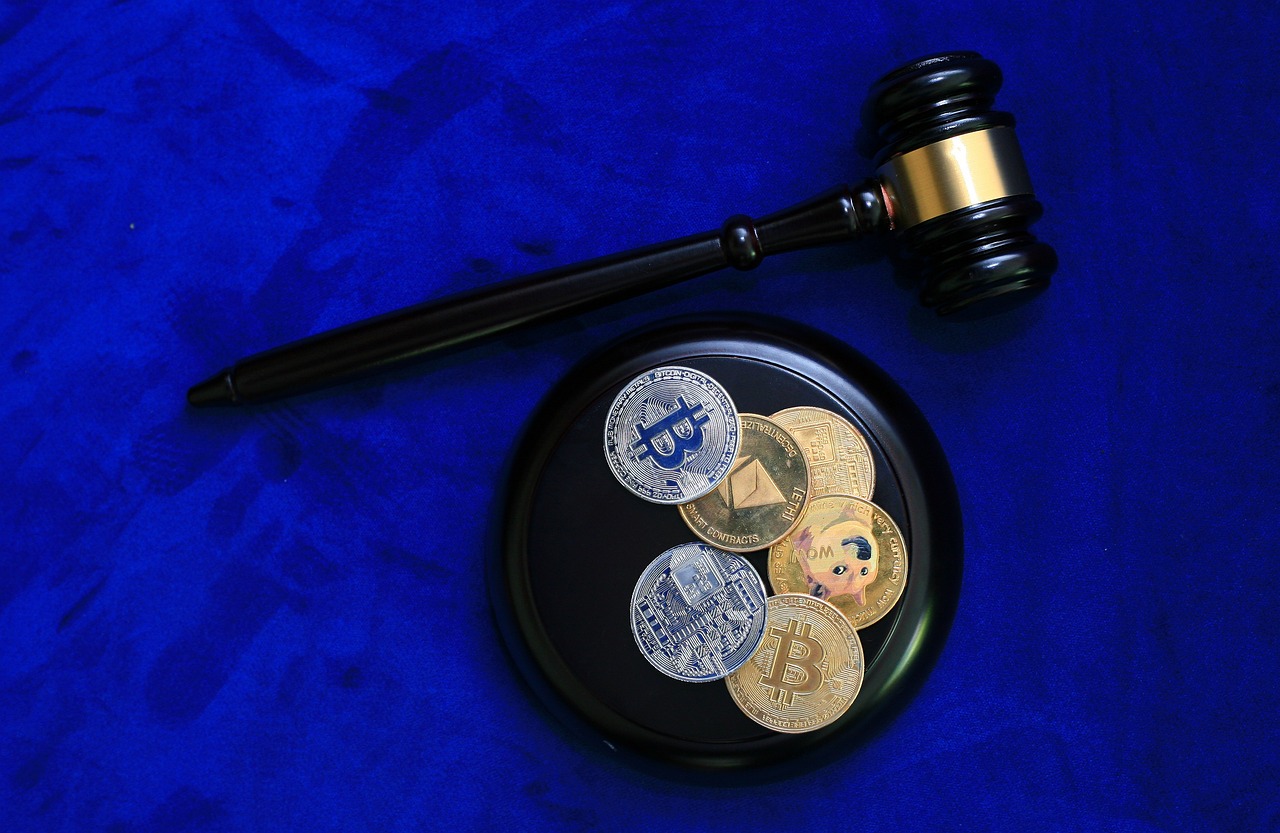10 Worst Cryptocurrencies to Avoid in 2025
The cryptocurrency market's notorious volatility continues to challenge investors, making it crucial to identify potentially risky investments. This analysis, based on historical patterns and fundamental indicators, highlights ten cryptocurrencies that warrant careful consideration before investing in 2025.
Understanding Risk Factors in Cryptocurrency Investments
Before diving into specific cryptocurrencies, it's essential to understand what makes a cryptocurrency potentially risky. Key factors include historical price volatility, development activity, regulatory compliance, and community engagement. Projects showing multiple red flags across these categories often pose higher investment risks.
Current Cryptocurrency Landscape
The cryptocurrency market has evolved significantly since its inception, with increased institutional adoption and regulatory oversight shaping the ecosystem. This maturation has led to higher standards for project viability and sustainability, making it easier to identify potentially problematic investments.
Top 10 Cryptocurrencies to Approach with Caution
1. Litecoin (LTC)
Once dubbed the "silver to Bitcoin's gold," Litecoin has struggled to maintain relevance. Despite its long history, the project has shown minimal technical innovation since 2017. The halving events have failed to generate the same market impact as Bitcoin's, suggesting diminishing interest from investors.
2. Monero (XMR)
While privacy features remain valuable, Monero faces increasing regulatory scrutiny. Major exchanges have delisted XMR in several jurisdictions, limiting its liquidity and potentially affecting its long-term viability as a widely-used cryptocurrency.
3. Cosmos (ATOM)
Despite its innovative interoperability solutions, Cosmos has struggled to maintain developer interest compared to competing platforms. The ecosystem's fragmentation and lack of concentrated liquidity have hindered its growth potential.
4. Worldcoin (WLD)
Privacy concerns and controversies surrounding its biometric data collection have plagued Worldcoin. The project's ambitious scale and centralized control raise questions about its long-term sustainability and regulatory compliance.
5. Bitcoin SV (BSV)
Persistent controversies surrounding its leadership and questionable technical claims have damaged BSV's reputation. The network's centralization and limited adoption suggest continued challenges ahead.
6. Dogecoin (DOGE)
Despite its popularity, Dogecoin's value proposition remains largely tied to social media influence rather than technological advancement. The lack of active development and real-world utility presents significant risks.
7. Shiba Inu (SHIB)
Similar to Dogecoin, SHIB's primary value driver is community speculation rather than fundamental utility. The token's massive supply and limited use cases raise concerns about long-term sustainability.
8. Bitconnect (BCC)
Though defunct, Bitconnect serves as a cautionary tale for identifying similar schemes. Its promise of guaranteed returns and pyramid-style referral system exemplify red flags investors should watch for in new projects.
9. SafeMoon (SAFEMOON)
The project's complex tokenomics and previous security incidents have eroded investor confidence. Limited transparency and questionable utility continue to raise concerns about its viability.
10. BitTorrent Token (BTT)
Despite its association with a well-known protocol, BTT has struggled to demonstrate meaningful utility beyond speculative trading. The token's integration with BitTorrent has not generated substantial value for users.
Common Red Flags to Watch For
Excessive marketing without substantial development
Promises of guaranteed returns
Lack of transparent team information
Limited GitHub activity or technical documentation
Heavy reliance on social media influence rather than utility
Investment Protection Strategies
Conduct thorough due diligence on project fundamentals
Review team backgrounds and development activity
Monitor regulatory compliance and legal status
Assess real-world utility and adoption metrics
Frequently Asked Questions
Q: What makes a cryptocurrency a risky investment? A: Key risk factors include limited development activity, regulatory concerns, poor market liquidity, and lack of real-world utility.
Q: How can I verify a cryptocurrency's legitimacy? A: Review the project's GitHub activity, team credentials, regulatory compliance, and independent security audits.
Q: Should I immediately sell these cryptocurrencies if I own them? A: Investment decisions should be based on personal research and consultation with financial advisors, not solely on market commentary.
Q: Are all meme coins risky investments? A: While not all meme coins are necessarily bad investments, they often lack fundamental value drivers and face higher volatility.









